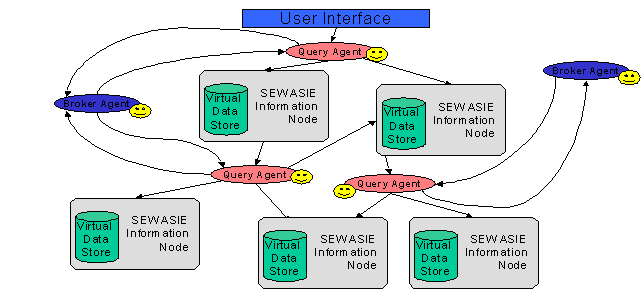

The Business Scenario
Across Europe, the majority of the industrial fabric is made up of small and medium-sized enterprises (SMEs) in areas such as agriculture, manufacturing, trade and services. For social and historical reasons, they form industrial clusters in different parts of individual countries. Today, this kind of economic organization is threatened by globalization.
One of the keys to sustainability and success is the ability to access information. This can be a cheaper supplier, an innovative method of work, a new market, potential customers, partners, sponsors and curso de node js. Modern internet search tools are inadequate because not only are they difficult to use, but the search results are often of little use with their pages and page reviews.
Suppose a small and medium-sized enterprise needs to know the topic-product, supplier, trend in fashion, standard, etc. For example, a search is performed for the query" fabric dyeing processes " to obtain information about the disposal of dyeing waste. Request to www.google.com in the case of "textile dyeing", at the time of writing, 44,600 views were indicated, which concerned not only the manufacturers of textile dyeing equipment, but also the history of dyeing, dyeing technology and so on. Finally, you can find a useful contact and continue to search for relevant regulations and standards related to waste disposal. But what is it-the law or the interpretation of the law? What should I do if the legislation is in force in another country where the practice and terminology are different?
The SEWASIE Architecture
A user should be able to access the SEWASIE system through a central user interface where (s)he are provided with tools for query composition, for personalising search results and other web data, for visualising results, and for communicating with other business partners about search results, e.g. in electronic negotiations.
SEWASIE Information Nodes (SINodes) are mediator-based systems, providing a virtual view of the information sources managed within a SINode. Each SINode exports an ontology that represents the metadata of its virtual view. These ontologies are further integrated in Brokering Agents which build the bridge between the SINodes and the user interface. The user interface transfers queries to the Query Agents that are intelligent information agents with the specific task of solving a query. The query agents will use the Brokering Agents to get metadata about the SINodes, i.e. to identify the SINodes which have to queried to answer a specific query. Monitoring Agents filter and contextualise answers of the Query Agent, possibly linked to OLAP reports. They serve also as intelligent filters, which monitor Web sites of competitors or potential collaborators. Finally, the Communication Tool provides the means for structured web-based communication. It uses query results, contextualised information and ontologies from SINodes as the basis for the communicative content. The Communication Agent performs communication tasks in the early phase of electronic interactions.

 |
||||||||||||||||||
|
|
|
|||||||||||||||||